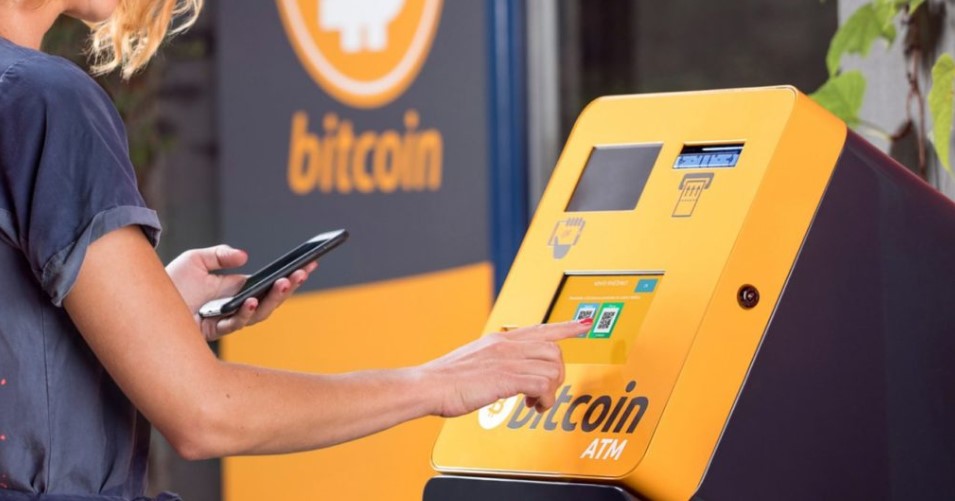
It is impossible to say how increased use of cryptos will influence the price. The rocket ride that cryptos experienced in 2017 wasn’t backed by a massive increase in usage, but now it looks like crypto adoption is on a steady climb higher.
According to a recent report from statistics aggregator Coin ATM Radar, the number of crypto ATMs just shot past 4,000 globally. Instead of following crypto prices down over the course of 2018, the number of crypto ATMs is actually rising. In fact, according to the report, there are almost 5 cryptos ATMs being added to the global fleet on a monthly basis
It is even more impressive that the stock of crypto ATMs is rising despite their legal status in nations like India. The vast majority of crypto ATMs are in North America. Coin ATM Radar says that 71.8% of crypto ATMs are in North America, with 56% in the United States and 15% in Canada. Europe has 23% of the world’s crypto ATMs, and Asia has just and 2.6%.
Oceania, South America and Africa all have a few crypto ATMs, but aren’t seeing the adoption rates that are happening in more developed areas of the world. It is worth remembering that in two of the world’s most populous nations, China and India, cryptos are basically illegal.
The developers of India’s first crypto ATM were arrested last November in Bangalore for criminal charges relating to the ‘ATM’ label that was applied to their machine. The developers of the machine claim that their product wasn’t strictly an ATM, but apparently, it was close enough to get caught up in the Reserve Bank of India’s (RBI) crackdown on anything crypto last year.
China and India Need Financial Innovation
On the face of it this kind of treatment would seem negative for cryptos. In the short-term, it will keep a nation of more than a billion people from using cryptos freely, but it could lead to a surge in crypto adoption later on. Many of India’s citizens are ‘unbanked’ and could benefit from the accessibility to financial services that cryptos create.
India has struggled with both corruption and tax evasion. Because most Indians can’t afford to use banks, they are locked into a cash economy which presents some major disadvantages. Cryptos could resolve these problems, but it looks like the Indian government and RBI aren’t willing to allow crypto entrepreneurs the freedom to innovate.
Ripple Keeps Going Strong
Ripple may be the best example of a crypto company that has been able to bridge the gap between the established financial system, and the up-and-coming crypto universe. Ripple announced last week that 13 new companies had signed up to use their RippleNet payment network, which brings the total number of companies on RippleNet to over 200.
The company said that JNFX, SendFriend, Transpaygo, FTCS and Euro Exim Bank will be using XRP cross-border payments, instead of going through traditional channels. XRP transfers are almost instant, which eliminates the FOREX risk which is associated with the SWIFT system. It also saves companies days of waiting for their funds, as the banks use an archaic system that emerged around the same time as the modem.
Ripple CEO Brad Garlinghouse wrote that,
“The average Swift transaction takes three days — but really what we’re seeing is three business days. You’re taking fiat volatility risk while markets are closed over the weekend.”
The real loser in all this will probably be the international banking system, and especially the SWIFT system. While SWIFT has been working on a blockchain-based transfer platform, they are unlikely to be able to compete with companies like Ripple, who is years ahead of anyone else, and has already cemented relationships with industry groups like the R3 consortium.
